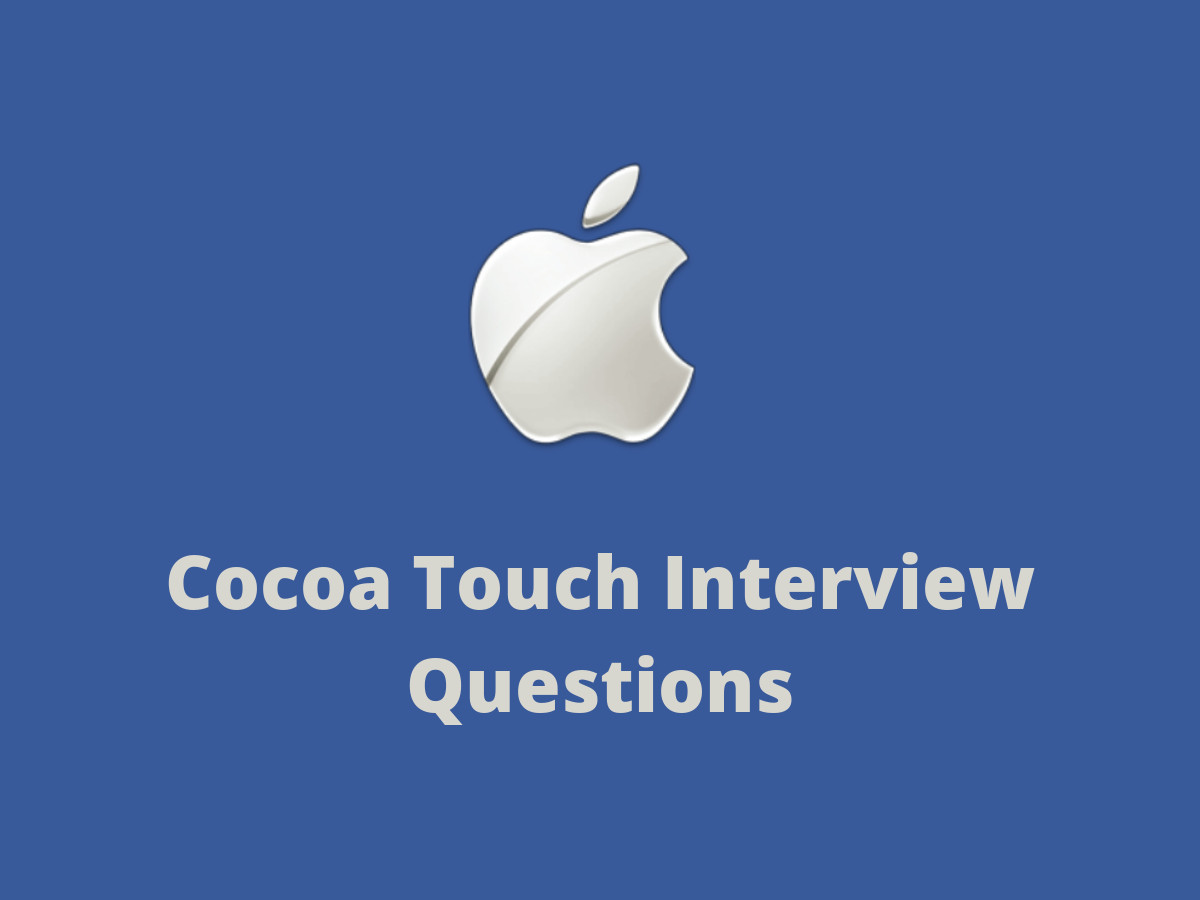Cocoa Touch is a user interface (UI) framework that provides an abstraction layer of the operating system (iOS) of the iPhone, iPod touch, and iPad. Cocoa touch is primarily written in an Objective-C language and is used for building software applications for Apple products like iPhone, iPad and iPod Touch. It is based on Mac OS X and the high-level application programming interfaces help in making animations, networking and adding the appearance of the native platform to the developed applications.
If you’re in search of cocoa jobs, then you’re at the right place. We’ve listed the most sought-after cocoa-touch interview questions that are sure to help you out. If you’re planning to sit for an interview, then look no further and delve straight into the below-furnished question and answers.

